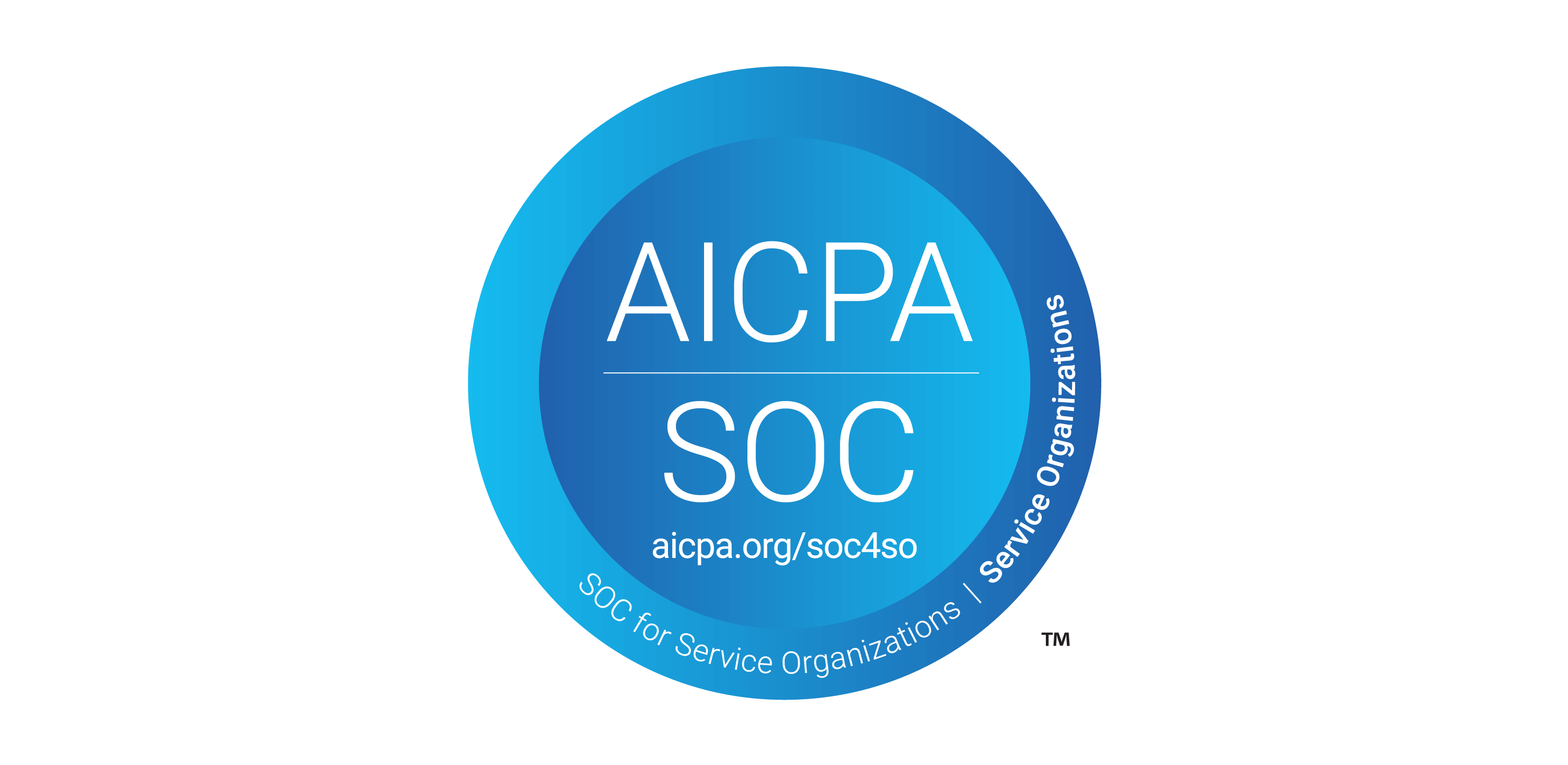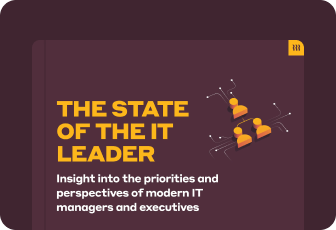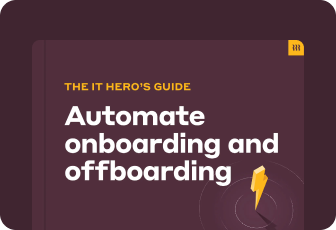System and Organization Controls (SOC) 2 is a compliance standard for service organizations, focusing on the secure management of customer data based on five trust service criteria: security, availability, processing integrity, confidentiality, and privacy. It is essential for organizations that handle sensitive information to demonstrate their commitment to data protection.
What is SOC 2?
SOC 2 is an auditing procedure developed by the American Institute of Certified Public Accountants (AICPA) that provides guidance on establishing and maintaining an effective system of internal controls for service organizations. It is designed to ensure that these organizations have appropriate safeguards in place to protect their customer's sensitive data and systems.
Businesses heavily rely on SaaS and external service providers for essential operations like data storage, software tools, email services, customer management, website hosting, and payment processing. However, this dependence on third-party vendors raises concerns about the security and privacy of sensitive information shared with them.
A single security breach at a vendor's end could lead to a catastrophic data leak, severely impacting a company's reputation and finances. The consequences can be severe – in 2023 alone, the average cost of a data breach skyrocketed to an unprecedented $4.45 million, a whopping 15% increase over just three years.
To tackle these concerns, the System and Organization Controls (SOC) 2 cybersecurity framework has emerged as a valuable standard for evaluating and certifying the data protection practices of service organizations. Through an independent audit process, SOC 2 examines a vendor's security controls and measures across critical areas like access controls, data backups, and network security. The resulting SOC 2 report provides clients with assurance that their sensitive data is being handled with due care and that appropriate safeguards are in place to mitigate risks.
An overview of Trust Services Criteria
At the heart of SOC 2 are five core principles, called the Trust Services Criteria (TSC), which serve as the foundation for evaluating an organization's security posture. These criteria include Security, Availability, Processing Integrity, Confidentiality, and Privacy.
You can think of them as the fundamental pillars that the entire SOC 2 compliance framework rests upon because they represent the core focus areas that an organization needs to have robust controls and processes for. Let's take a closer look at each of them:
1. Security
This category is basically the foundation or the most crucial criterion. It centers on having the proper safeguards in place to protect your systems and data from unauthorized access, use, or disruption. We're talking physical security controls like facilities access, as well as technical controls like:
- Identity and access management (IAM)
- Multi-factor authentication
- Risk assessments
- Security monitoring
- Incident response planning
Security is viewed as that common baseline—you can't really have true confidentiality, availability, or privacy without rock-solid security fundamentals.
2. Availability
While security protects against unauthorized access, availability focuses on ensuring systems and data are accessible and usable per the organization's defined requirements and service commitments. This involves having monitoring and maintenance processes to maximize uptime and performance. It also requires environmental protections, backup procedures, and business continuity or disaster recovery plans to minimize disruptions and recover operations if an incident does occur.
3. Processing integrity
This criterion deals with maintaining complete, valid, accurate, and timely processing of customer data and transactions through controls like edit checks, reconciliations, and data validation. The specific processing integrity controls will depend on the nature of the services being provided.
4. Confidentiality
As the name suggests, confidentiality is all about protecting sensitive data like intellectual property and financial records as defined by the organization's policies. It covers technical safeguards like encryption as well as operational processes like:
- Access restrictions
- Retention policies
- Secure data disposal procedures
The goal is to ensure this confidential info doesn't end up exposed or leaked.
5. Privacy
This governs the management of personally identifiable information (PII) that could identify a specific individual. PII refers to any data that can be used to distinguish or trace an individual’s identity, such as their name, social security number, date and place of birth, mother’s maiden name, biometric records, etc.
Managing PII means having well-defined security policies and processes around areas like consent for data collection, disclosure procedures, maintaining data accuracy, secure storage, and proper disposal. Privacy requirements tend to be stricter than general confidentiality, given the potential legal and regulatory implications around mishandling personal data these days.
Why is SOC 2 important?
SOC 2 isn't just an optional box to check or marketing gimmick. There are compelling reasons why any organization handling customer data should make SOC 2 compliance a top priority:
Ensuring data security and privacy
SOC 2 provides a solid framework for implementing crucial security, availability, processing integrity, confidentiality, and privacy controls to truly safeguard your customers' sensitive information throughout its entire lifecycle. The requirements cover both technical safeguards as well as policies and procedures. Following SOC 2 helps an organization avoid nightmarish data breaches or data misuse scenarios that can completely shatter customer trust.
Building customer trust and confidence
With weekly data breach reports flooding the news, customers want cast-iron assurance that their private data will be secured if they hand it over to a third party. Having that SOC 2 stamp of approval shows customers and partners that an organization isn't just paying lip service when it comes to data protection; they're walking the walk. It provides peace of mind that can be the deciding factor in retaining business.
Gaining a competitive advantage
Achieving SOC 2 compliance can be a powerful competitive differentiator for companies compared to others in their industry that lack that certification. As data privacy concerns grow, customers are going to flock towards vendors that can prove they take it seriously through SOC 2. Whether you're a SaaS startup, data center, fintech firm, or any other business dealing with sensitive data, that SOC 2 badge can help you stand out from the crowd and win major contracts where data security is critical.

Ensuring regulatory compliance
SOC 2 helps provide a structure for meeting various data protection regulatory requirements like GDPR, CCPA, HIPAA, and more. While SOC 2 doesn't guarantee total compliance (as it only validates that specific trust services principles are met), implementing its principles and undergoing audits can streamline an organization's overall compliance efforts across multiple frameworks. With data laws and rules constantly evolving, that's an important consideration.
Types of SOC 2 reports
Once an organization has implemented the proper security controls and processes aligned with the SOC 2 trust service principles, it'll need to go through an official audit conducted by an independent third-party assessor firm. The result of this audit process is an official SOC 2 report that validates the organization's compliance status.
There are two primary types of SOC 2 reports that an auditor can issue: Type 1 and Type 2. Here's a quick overview of each:
Type 1 report
A Type 1 report is essentially a snapshot evaluation done at a specific point in time, usually over just a few weeks. The auditors review and test the organization's security controls as they exist during that period. If the controls are properly designed and implemented, the Type 1 report confirms this. However, it only certifies that the controls existed as described during the short audit timeframe. It doesn't actually verify if those controls were operating effectively over a longer period.
Type 2 report
This is considered the "gold standard" SOC 2 report that provides a much higher level of assurance. A Type 2 engagement is much more in-depth, with auditors evaluating both the design and operating effectiveness of controls over an extended period, typically 6-12 months.
The auditors conduct detailed testing throughout that monitoring period to validate whether the organization consistently followed its security practices related to areas like data protection, system availability, and confidentiality. If the Type 2 report receives a clean opinion, it serves as proof that the SOC 2 controls were working as intended to meet the defined trust principles over a significant span of time, not just a brief moment.
As you can imagine, the Type 2 report is the one that really carries weight and provides meaningful assurance to customers about an organization's ongoing commitment to security. However, Type 2 audits require far more time and evidence gathering, so they are more expensive and resource-intensive than Type 1 reports.
Choosing between SOC 2 Type 1 and Type 2 reports
Many organizations start with a Type 1 report initially to get their controls validated and make any necessary remediation adjustments. Then they transition to pursuing the more rigorous Type 2 report for subsequent audit periods. The decision on which report type is best depends on the organization's objectives and where they are in the SOC 2 compliance journey.
Type 1 can serve as a useful checkpoint, while Type 2 is the comprehensive evaluation that provides maximum assurance to customers. Ultimately, most companies dealing with sensitive data will want to attain that Type 2 report to demonstrate an ongoing, sustainable commitment to the SOC 2 trust services criteria over the long haul.
The SOC 2 audit process
Obtaining either a Type 1 or Type 2 SOC 2 report requires an organization to go through a rigorous audit process conducted by an independent third-party firm. For a better understanding, let's walk through the typical SOC 2 audit process:
Scoping
The first step is to clearly outline the boundaries of what will be evaluated during the SOC 2 audit. The organization identifies the specific systems, infrastructure, processes, data, and personnel that will be included in the audit scope. Getting the scope right from the start is quite necessary.
Readiness assessment
Before formal audit testing begins, the auditors will conduct a readiness assessment. Think of it as a "mock" audit to get a preliminary understanding of the current state of the organization's controls and processes across the applicable trust principles. This assessment highlights any potential gaps or issues that need to be addressed before moving into the actual audit fieldwork. It allows the organization to strengthen its control environment as needed first.
Gap analysis and remediation
Based on the findings from the readiness check, a formal gap analysis is conducted to pinpoint any deficiencies or areas where the organization's controls don't quite meet the SOC 2 requirements related to the targeted trust services criteria. Remediation plans are then developed and executed to address those gaps by implementing missing controls, enhancing existing ones, updating policies/procedures, and so on. Fixing the gaps allows you to proceed to the full audit evaluation.
Audit fieldwork and testing
With the scope defined and the control environment ready, the auditors can then initiate their comprehensive audit procedures involving interviews, system walkthroughs, evidence inspection, and rigorous control testing. For a Type 1 audit, this testing looks to validate whether the described controls are suitably designed and implemented at a specific point in time. For a Type 2, this audit fieldwork spans 6-12 months to evaluate the operating effectiveness of controls over that entire period.
Reporting
Finally, once all audit testing has been completed, the auditing firm will issue its official report documenting the results, methodology, and overall opinion on the organization's SOC 2 compliance status for the stated trust services criteria. If the report has any exceptions noted for ineffective controls or other deficiencies, those will need to be addressed and remediated accordingly. But a clean report opinion validates that the organization has achieved the expected SOC 2 standards during the evaluated period.
Maintaining compliance
Even with a successful audit, the job isn't quite done. Being SOC 2 compliant is an ongoing process of continuous monitoring, assessment, and improvement for an organization's control environment, not a one-and-done event. As systems, processes, regulations, and the risk landscape evolve over time, the organization has to proactively adapt its control activities and undergo regular future audits to maintain its SOC 2 certification status.
Common misconceptions about SOC 2 compliance
Myth 1: SOC 2 is only relevant for technology companies
This is a common misconception. While tech companies were among the first to adopt SOC 2, this framework applies to any service organization that processes, stores, or transmits sensitive data on behalf of its customers, regardless of the industry. SOC 2 has become increasingly important for businesses across various sectors, including healthcare, finance, retail, and professional services.
Myth 2: SOC 2 is a legal requirement
SOC 2 is not a legal or regulatory requirement in itself. However, it can help organizations demonstrate compliance with various data protection laws and regulations, such as GDPR, CCPA, and HIPAA. Additionally, many customers and business partners now require their vendors to undergo SOC 2 audits as part of their due diligence and risk management processes.
Myth 3: SOC 2 is a one-time audit
Achieving SOC 2 compliance is an ongoing process, not a one-time event. Service organizations must undergo annual recertification audits to maintain their SOC 2 status. They also need to continuously monitor and improve their control environment to address evolving threats and maintain compliance with the TSC principles.
SOC 2 vs. other compliance frameworks
While the SOC 2 standard is widely recognized and respected in the industry, it's important to understand how it differs from other popular compliance frameworks:
- SOC 1 vs. SOC 2: SOC 1 focuses specifically on controls relevant to financial reporting, making it more relevant for organizations that provide services impacting their customers' financial statements. In contrast, SOC 2 has a broader scope, covering controls related to security, availability, processing integrity, confidentiality, and privacy, making it more suitable for service organizations handling sensitive data beyond financial information.
- SOC 3 vs. SOC 2: A SOC 3 report is essentially a condensed, publicly available version of the SOC 2 report. It provides a high-level overview of the service organization's compliance with the Trust Services Criteria. On the other hand, SOC 2 reports are much more detailed and comprehensive, intended for restricted distribution to the service organization's customers and stakeholders who have a legitimate interest in the details of the organization's controls.
- ISO 27001 vs. SOC 2: The ISO 27001 standard is an internationally recognized framework that provides guidelines for establishing, implementing, maintaining, and continuously improving an Information Security Management System (ISMS). While there is some overlap between the two frameworks, SOC 2 is more prescriptive and tailored specifically for service organizations, while ISO 27001 is more flexible and can be applied to various types of organizations, not just service providers.
It's not uncommon for service organizations to pursue multiple compliance frameworks, as they often complement each other and provide comprehensive assurance to customers and stakeholders regarding the organization's security and operational practices.
Frequently asked questions
Is SOC 2 the same as ISO 27001?
No, SOC 2 and ISO 27001 are not the same. SOC 2 is an audit report specific to service organizations, while ISO 27001 is an international standard for establishing and maintaining an Information Security Management System (ISMS). SOC 2 reports are attested by a licensed Certified Public Accountant (CPA), while ISO 27001 certifications are issued by an accredited certification body.
Is SOC 2 a certification or accreditation?
SOC 2 is neither a certification nor an accreditation in the traditional sense. It is a reporting framework that involves an independent audit of a service organization's controls and the issuance of a report by a qualified auditor. The SOC 2 report provides an attestation of the design and operating effectiveness of the service organization's controls related to the Trust Services Criteria.
How long does a SOC 2 audit take?
A SOC 2 audit’s duration can vary widely depending on several factors, including the organization’s size, complexity, and the type of SOC 2 report being pursued. On average, a SOC 2 Type 1 audit can take up to six months, while a SOC 2 Type 2 audit typically takes at least six months and can extend over an entire year or longer.
Disclaimer: Rippling and its affiliates do not provide tax, accounting, or legal advice. This material has been prepared for informational purposes only, and is not intended to provide or be relied on for tax, accounting, or legal advice. You should consult your own tax, accounting, and legal advisors before engaging in any related activities or transactions.

















































































































